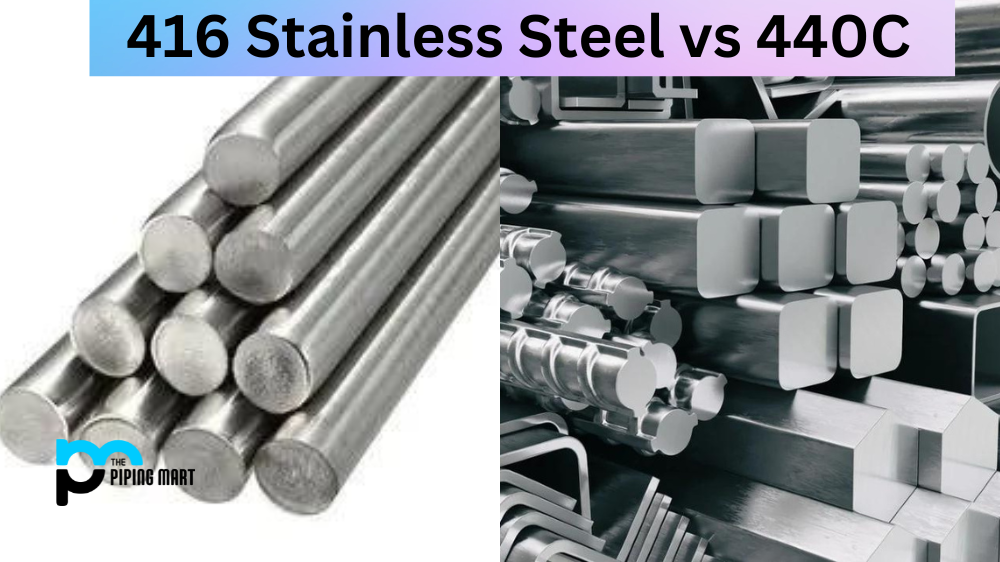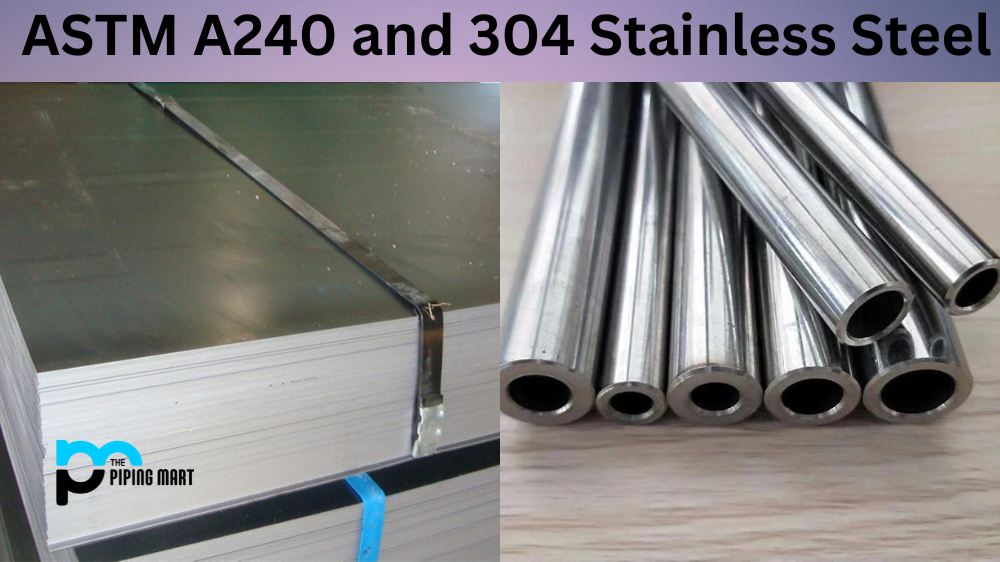Many people have heard of steel but may need to be more knowledgeable about the different types of steel available today. Two popular types are carbon steel and mild steel. At first glance, these two metals may look similar, but they have distinct differences that set them apart. Let’s take a closer look at what sets these two metals apart from each other to help you decide which type is best for your project.
Properties of Carbon Steel and Mild Steel
Both carbon steel and mild steel are iron-based metals that contain varying amounts of carbon content. While both metals may look similar in their general appearance, a few key factors set them apart from each other. Carbon steel contains higher carbon levels than mild steel, making it harder and stronger than mild steel. This makes it ideal for projects that require high strength but not necessarily high ductility or malleability. On the other hand, mild steel is much more malleable and ductile than carbon steel due to its lower carbon content. This makes it much easier to form into shapes or bend without breaking or cracking.
Uses for Carbon Steel and Mild Steel
The different properties of carbon and mild steel make them suitable for different applications. Carbon steels are often used in construction for their strength and durability, while mild steels are often used in automotive components due to their ability to be formed into various shapes without compromising strength or durability. In addition, both metals can be used for various manufacturing applications, such as machine parts or tools due to their high strength and wear resistance capabilities, respectively.
Mild steel is ideal for use in industrial manufacturing processes such as forging, welding, and machining due to its malleability. It is also often used in the construction industry for everything from structural frames to facades, beams, columns, and roofs due to its strength-to-weight ratio. Meanwhile, because of its hardness and wear resistance properties, carbon steel is commonly found in knives, blades, tools, and other cutting implements. It can also be found in parts that require higher levels of strength or wear resistance, such as gears or shafts.
Carbon Steel vs. Mild Steel
Composition
Carbon steel and mild steel both contain iron as their main element. However, carbon steel contains a higher percentage of carbon, while mild steel contains a lower percentage of carbon. The higher the carbon content, the harder and stronger the steel will be.
Mild steel is made up of iron and carbon, while carbon steel contains more carbon than mild steel. This higher level of carbon in carbon steel makes it stronger and more brittle than mild steel but also gives it greater hardness and wear resistance. In comparison, mild steel has a low amount of carbon which makes it more malleable and ductile.
Advantages
The main advantage of carbon steel over mild steel is its strength. Carbon steel can be up to 20% stronger than mild steel, making it an ideal choice for applications that require a high degree of strength. Additionally, carbon steel is less prone to rusting than mild steel.
Disadvantages
One of the main disadvantages of carbon steel is its cost. Carbon steel is typically more expensive than mild steel due to its higher carbon content. Additionally, carbon steel is more difficult to weld than mild steel, making it less suitable for applications that require welding.
Conclusion:
In conclusion, both carbon steel and mild steel offer many benefits depending on the application they are being used for. If you need a metal with high strength that won’t crack when bent or shaped, then mild steel is an excellent option while if you require something strong with excellent wear resistance, then carbon steels should be your go-to choice! Ultimately, understanding the differences between these two materials will help you decide which material is best suited for your project needs!

Pipingmart is a B2B portal that specializes in metal, industrial and piping items. Additionally, we share the latest information and information about materials, products and various types of grades to assist businesses that are involved in this business.




